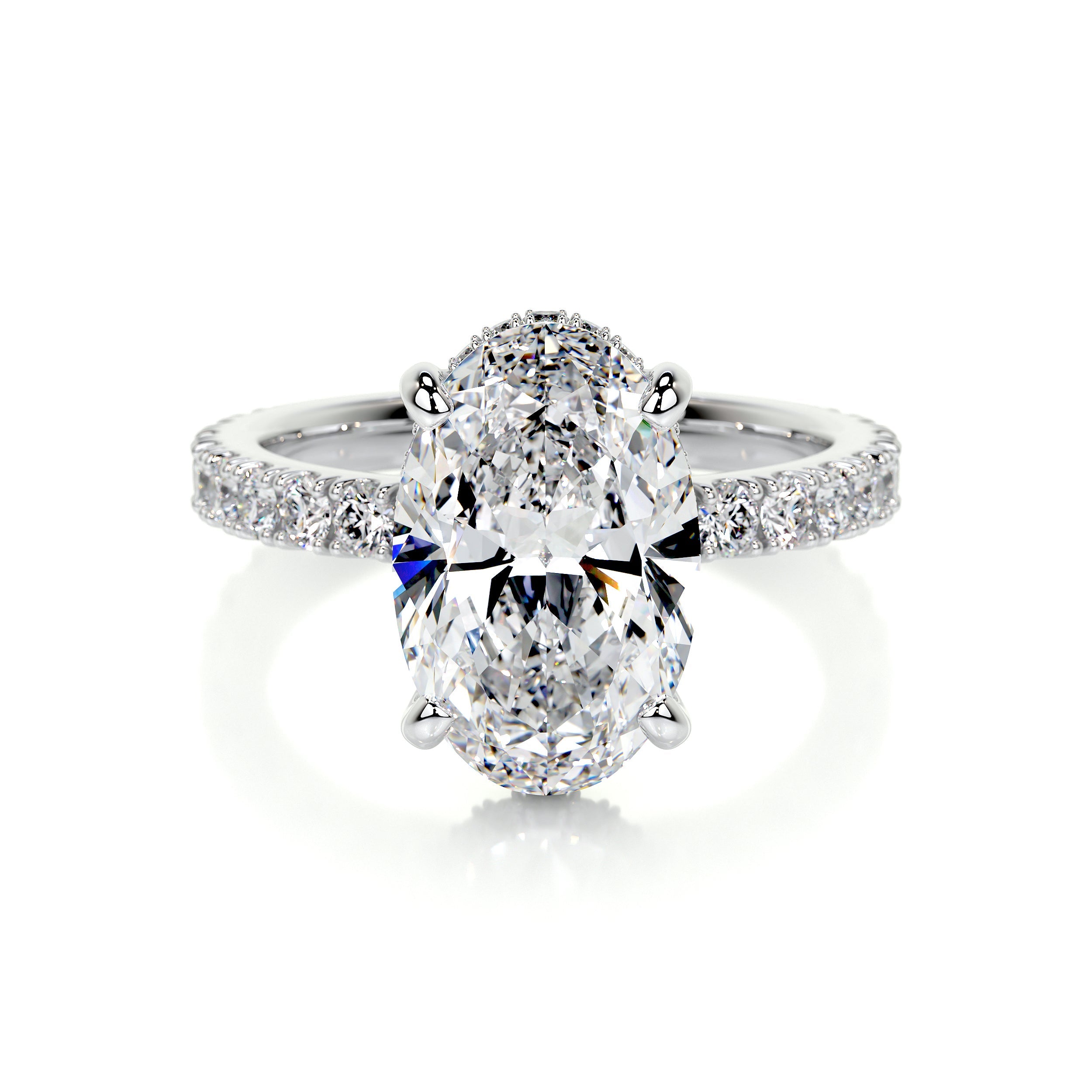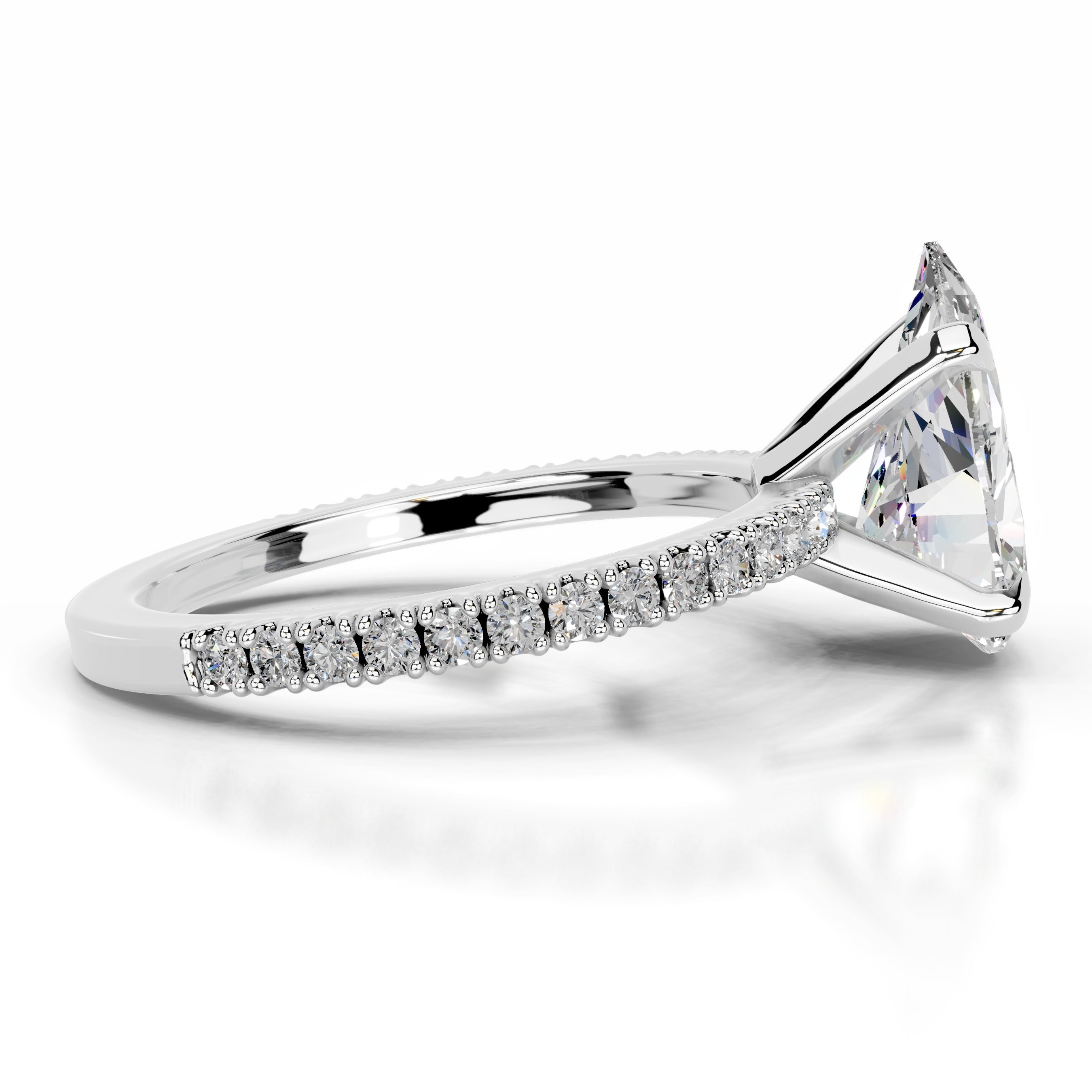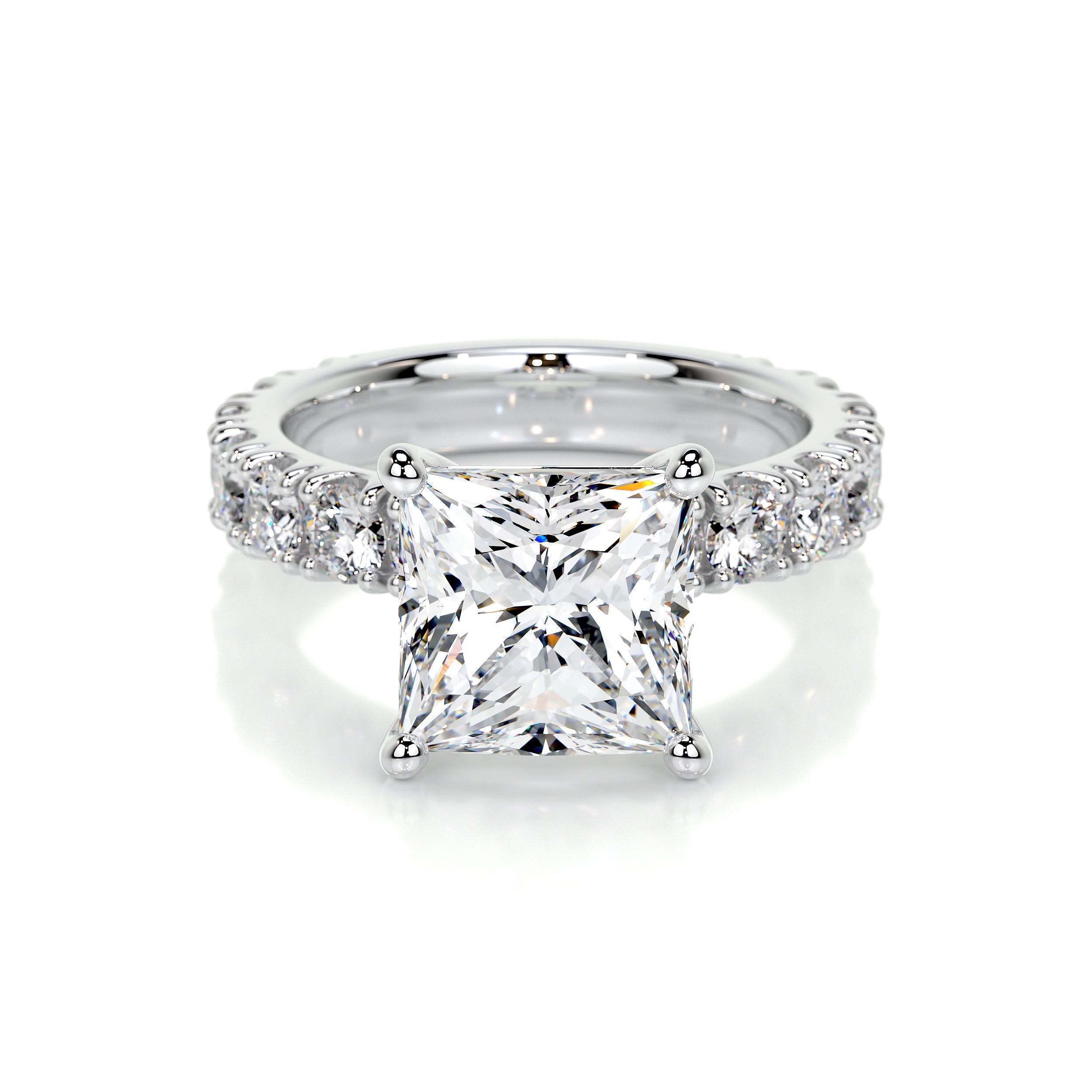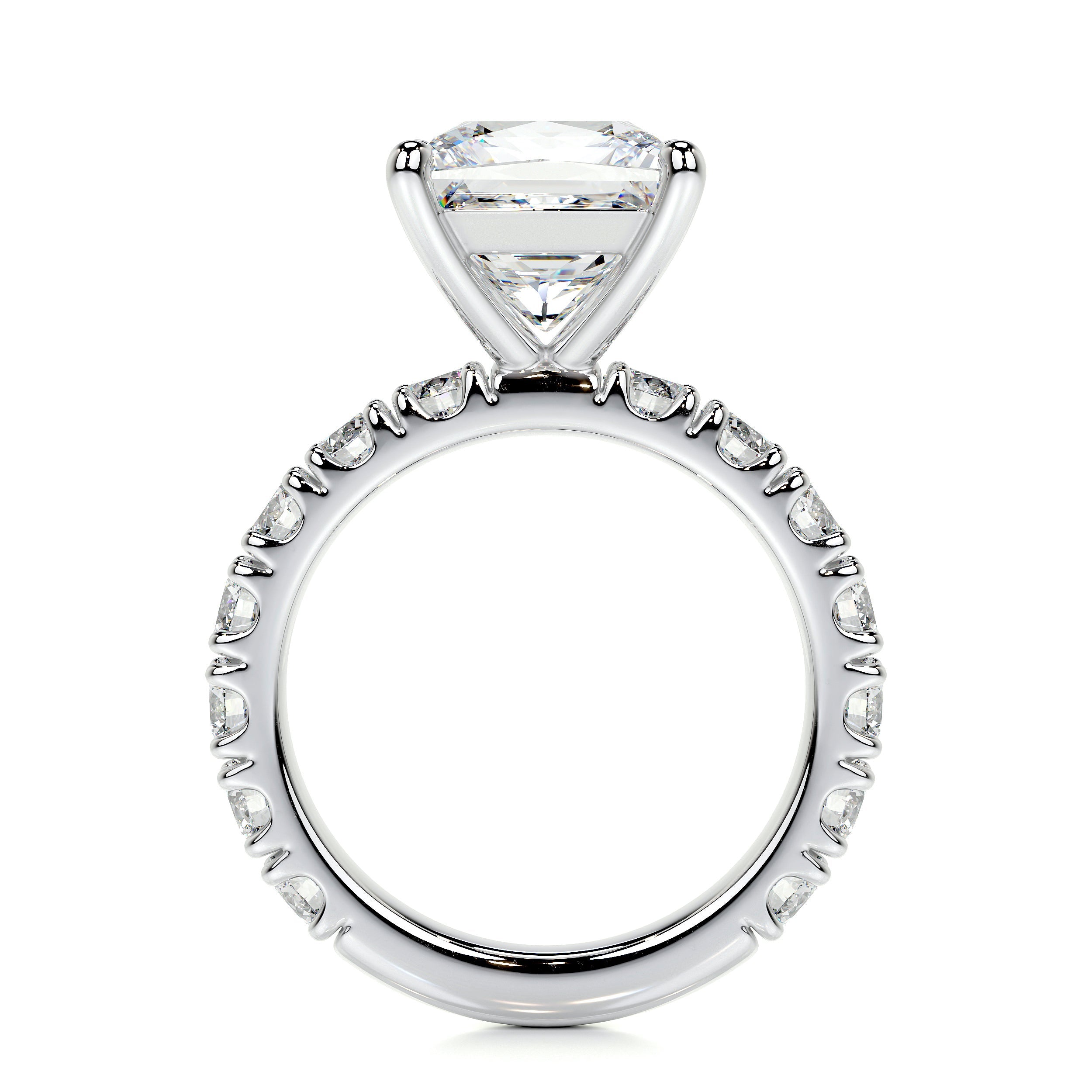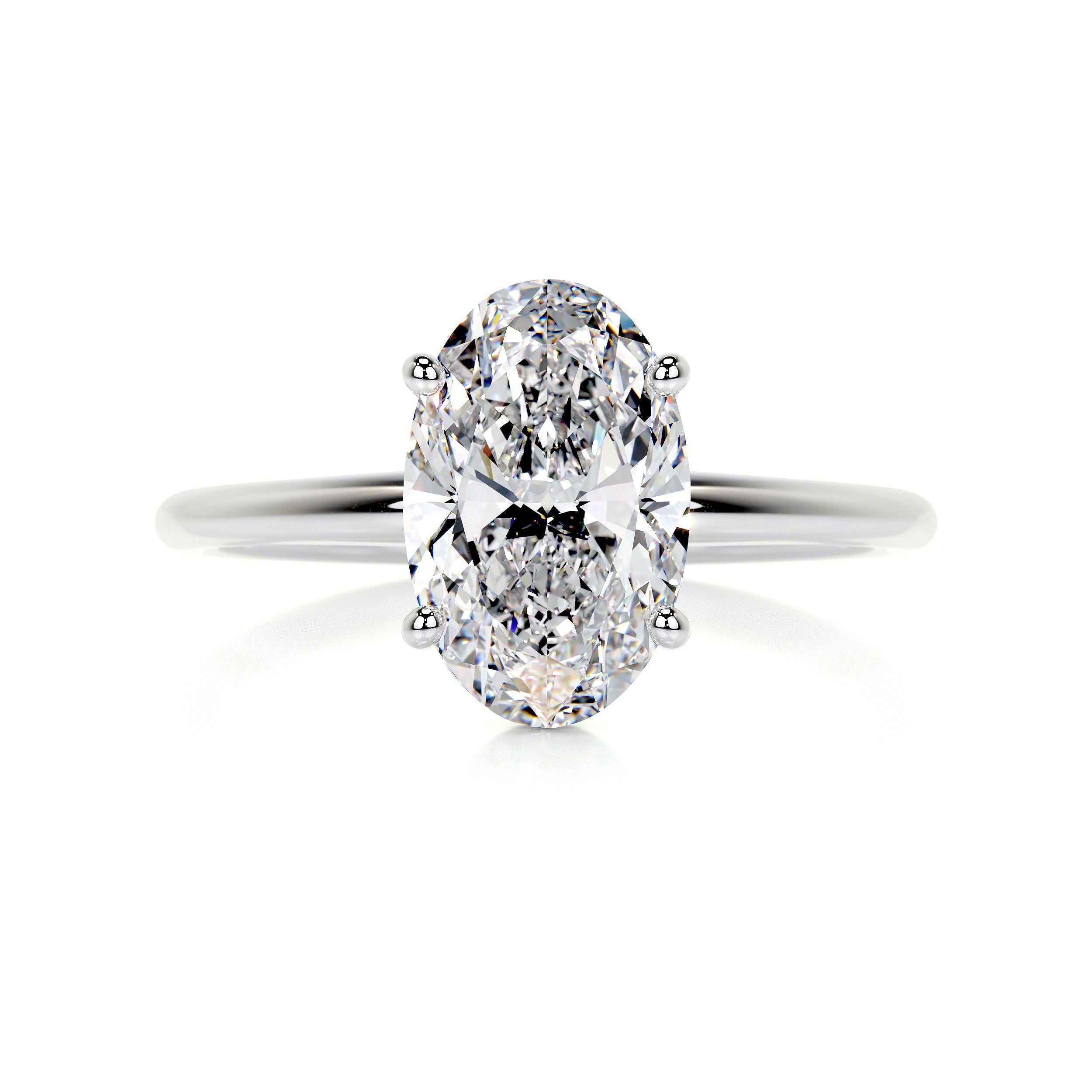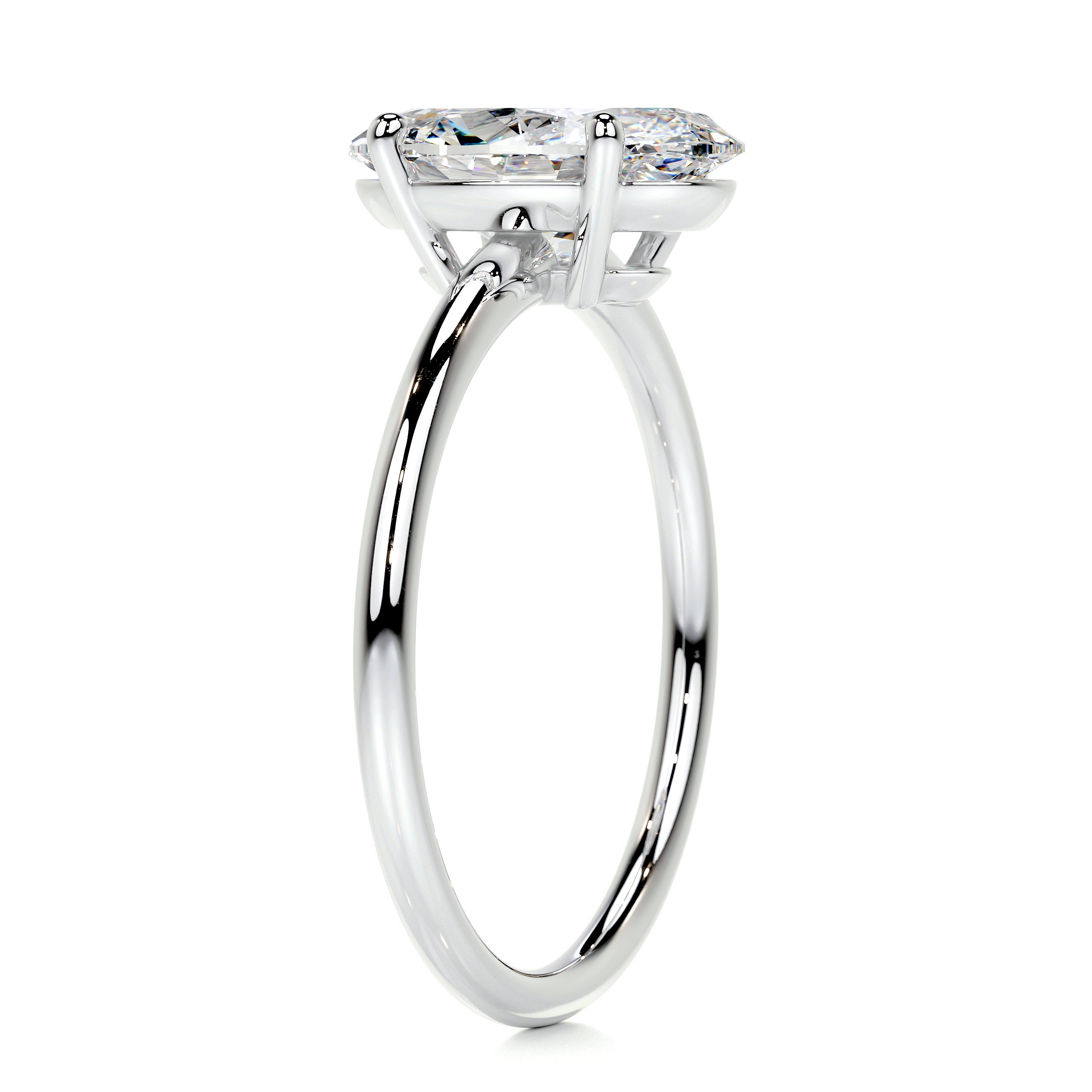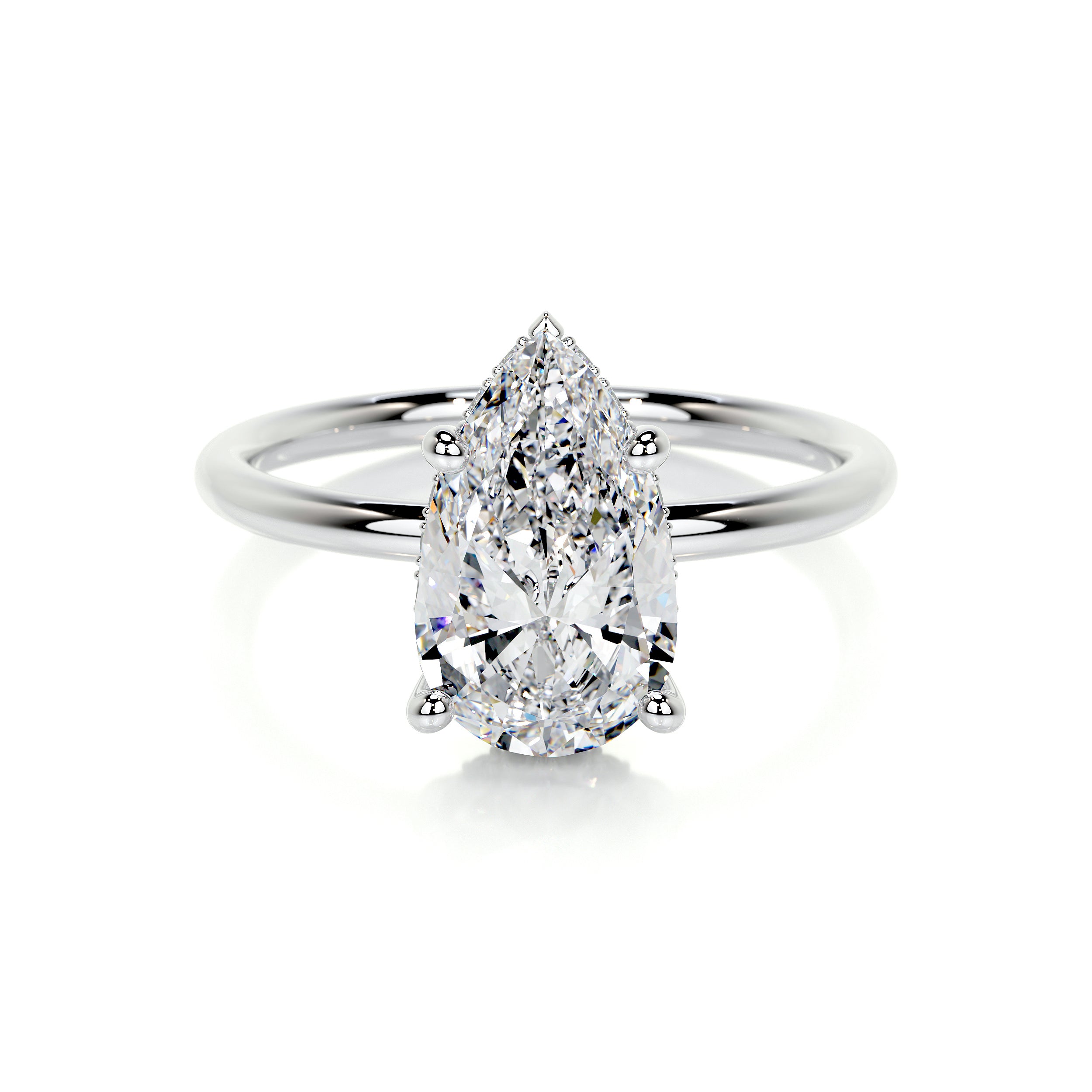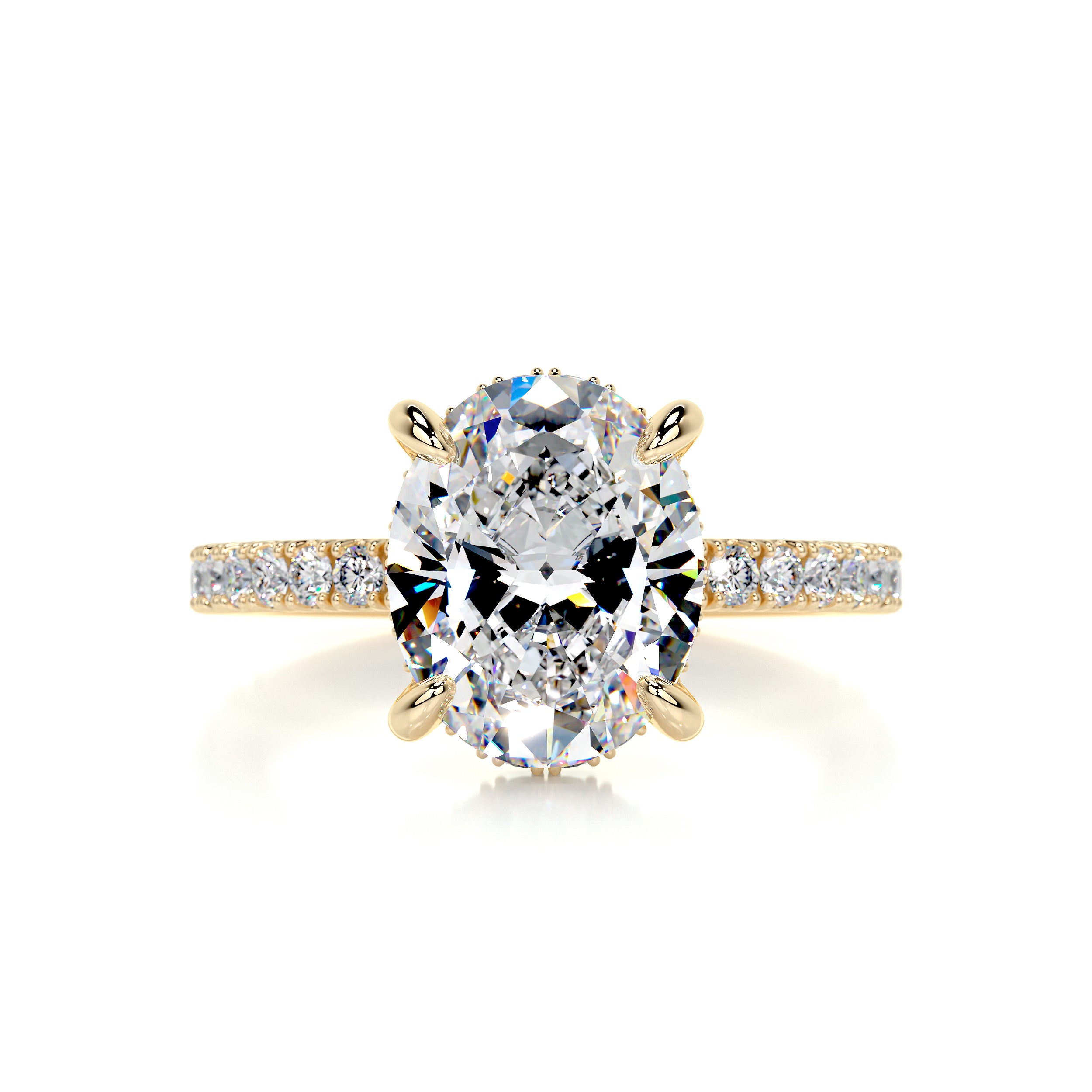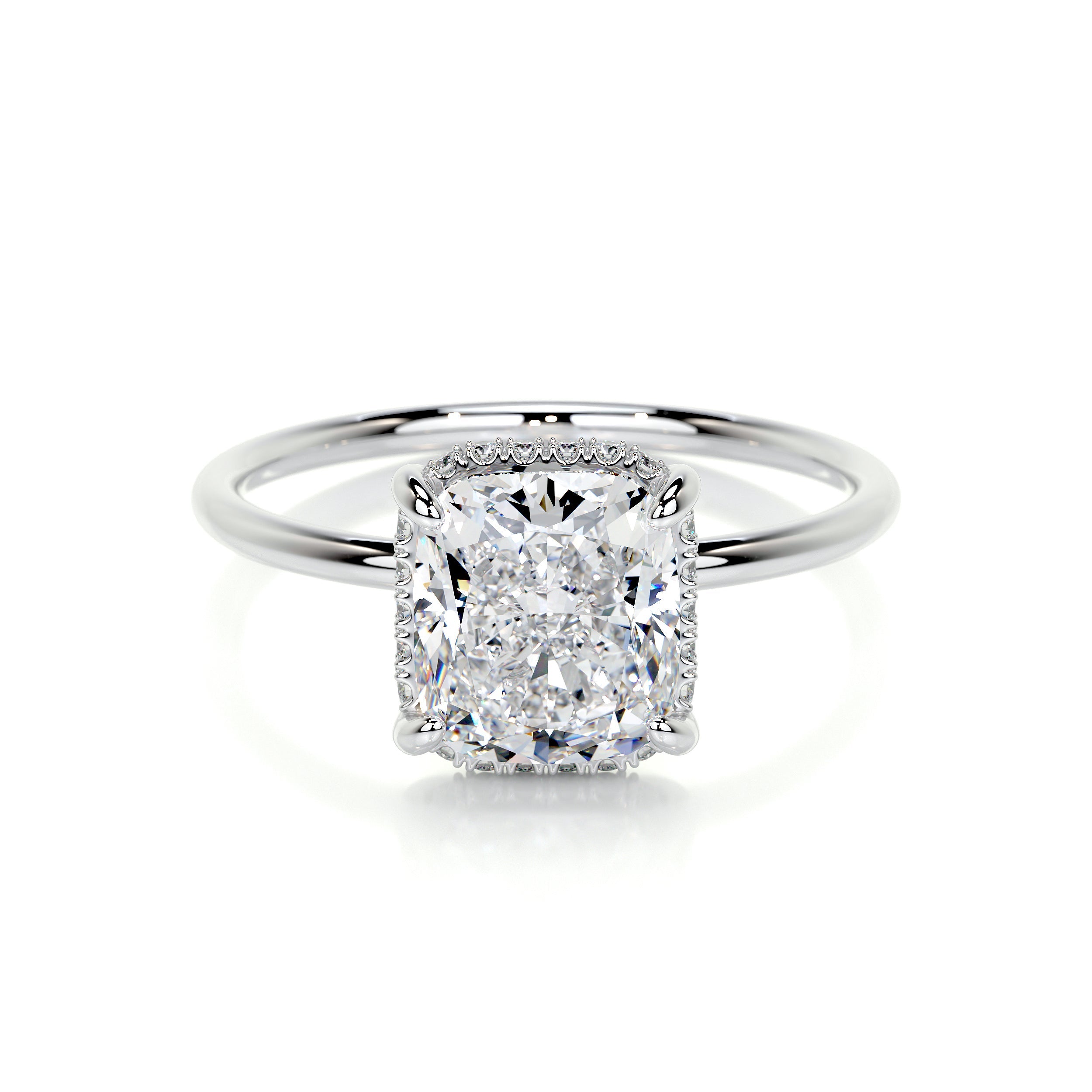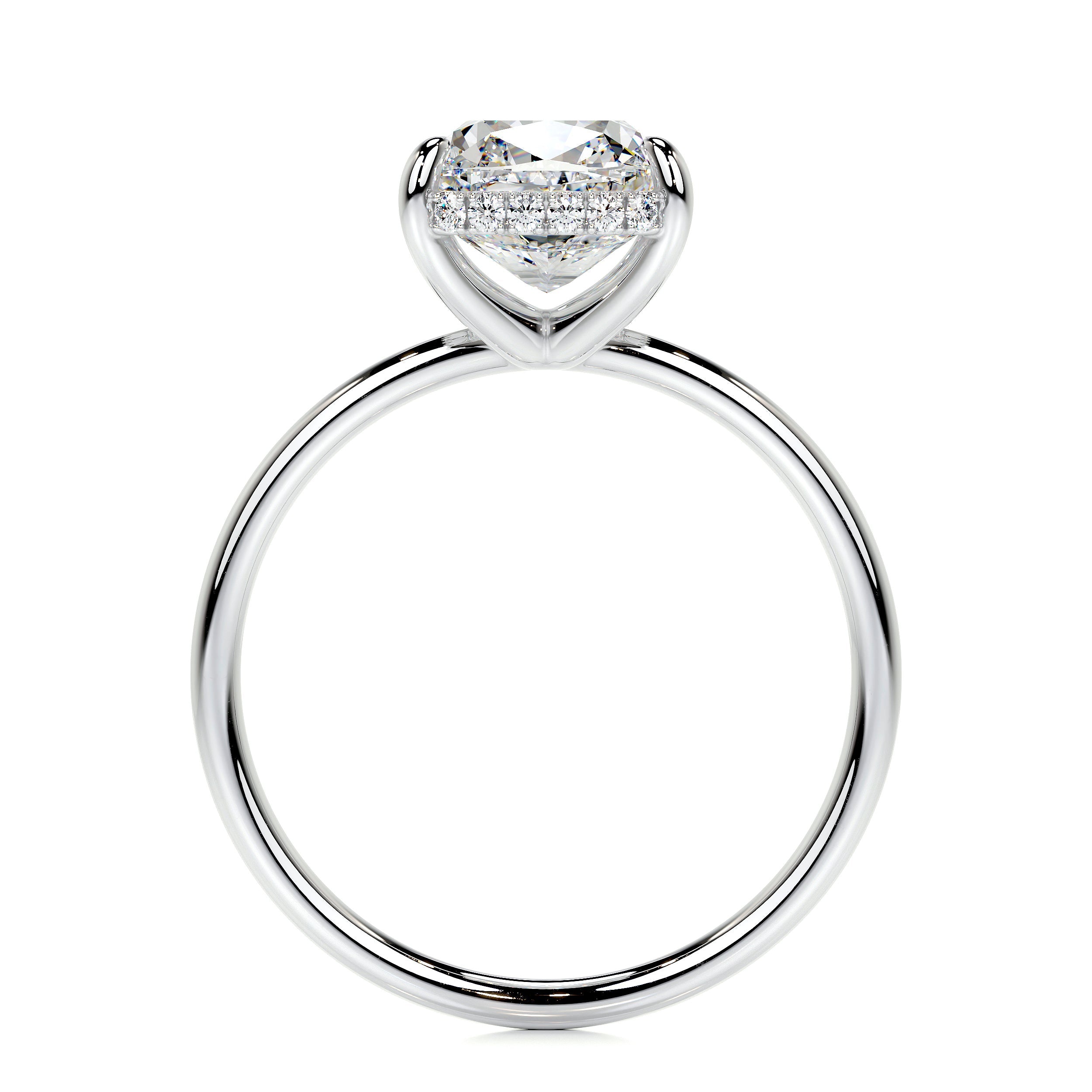The good news is that there are some extraordinary options for engagement rings on the market right now. The bad news (if you can even call it that) is that it can be confusing to pick one since they are all gorgeous. Each option has its distinct glory.
How do you choose?
You can’t tell just by looking at them all the options can see equally stunning. The trick then is to compare and contrast the traits of the top contenders in the engagement ring category. After you know you’ll know. You are the judge, and to be clear, there are no bad choices. The one you love the most is perfect for you.
Natural Diamonds, Lab-grown diamonds and Moissanite
The top engagement ring stones for brides today are as follows but not necessarily in this order: Natural diamonds, Lab-grown diamonds also called LGD, and Moissanite.
A brief overview of their specific traits and unique characteristics will help you form the right decision. From the information shared, you’ll soon discover what fits not only your personal preferences and taste, but which one makes a homerun with your budget.
At first glance, you may think they all look the same. Glamorous, sparkling and colorless gemstones that dazzle even the most jaded of jewelry lovers. But take a closer look and you’ll soon discover there are countless differences between each of these jewels. They can tug on your heartstrings but before long a clear winner will emerge.
So, here goes!

Natural Diamonds
Natural earth mined diamonds are often thought of as the timeless choice for a classic bride. Formed over billions of years below the earth’s crust, natural diamonds took form from a single element, carbon, some 125 miles below the surface of the earth.
But are they really rare? Scientists tell us that for every 250 tons of earth that needs to be moved, just a single carat of diamond will be found. So their story is one of tremendous rarity coming from deep within the earth to finally land on a fortunate lady’s finger. Couples often see their own unique love story mirrored in a natural diamond, which is so difficult to find, but when you do, it’s a precious symbol of eternal love.
One of the traits of a diamond is their extreme hardness, ranking 10 on the Mohs scale. That means it’s the hardest natural substance on earth. Natural diamonds are higher priced than other stones, because of their rarity and beauty.
Some customers cherish the romance of wearing a natural diamond like their parents wore for their entire married life. It continues that time-honored family legacy.
Traditionally, natural diamonds have maintained their value or even risen higher when it comes to resale. With so many safeguards in place, you’re assured of getting an ethically sourced natural diamond today.

Lab-grown Diamonds
Over the last few years, lab-grown diamonds have emerged as superstars in the engagement jewelry niche. Why is that you wonder? A few things immediately come to mind. First off, these stones are real. They are ethically manufactured, and not the least, they are breathtakingly beautiful
What are they Exactly?
First of all, LGD as they are often called, were ingeniously created, rather than harvested from the earth. Lab-grown diamonds are chemically, physically, and optically the same as earth mined diamonds. Let’s break it down. Natural diamonds are made of a single element, just carbon. They are visually identical to earth mined diamonds. It takes a professional with specialized instruments to make the separation between LGD and its natural diamond counterpart. Finally they ae optically identical to natural diamonds, meaning they behave in light the same as earth mined diamonds. LGD has all the luxurious sparkle of a natural diamond. It shows a 10 hardness on the Mohs scale. That’s something to love.
It took the genius of some innovative scientists to recreate the same environment in a laboratory for an LGD to develop like a natural diamond did underground over billions of years. In the lab, it’s just a matter of weeks. Lucky you.
Consumers Love LGD
It should be stressed that all lab-grown diamonds are created, so they are ethical & conflict-free. That’s becoming increasingly important to today’s shopper. No mining or disruption to the earth occurs in the creation of lab-grown diamonds. No harm to the earth’s precious eco-system either. We can all feel good about that.
LGD are easy on the budget coming in at about 30–50% less than natural diamonds of the same quality and size. Simply put, you can have a large celebrity-worthy stone and stay well within your price range.
Keep in mind that a lab diamond may not present the resale value as natural diamonds do. However, an engagement ring is cherished and worn daily for the bride’s entire life, so this may be a non-issue.
Major gemological labs are experts with lab-grown diamonds today. So certification to verify the quality of an LGD is available.

Moissanite
Yes, the glamorous Moissanite is a created stone, but it also has fascinating origins in nature. Originally discovered as minute natural crystals by 19th century French chemist Henri Moissan, he became obsessed with synthesizing the alluring stone. When he finally had success, Moissanite was born.
While it is colorless, and used as a diamond alternative, It’s never referred to as a diamond substitute (or imitation!) It is its own highly regarded created gemstone, and its truly a thing of beauty. Not a carbon mineral like diamonds, or lab-grown diamonds, Moissanite is a silicon carbide a remarkable and extremely rare mineral. It’s Mohs hardness is very close to that of diamonds, measuring 9.25, making it extremely durable.
One of its unique features is its ability to out sparkle diamonds owing to its double refraction. The jewel’s doubly refractive trait delivers twice the sparkle of diamonds. The stones break light up into a “rainbow-fire”, unlike diamonds which reflect white light. There’s so much to enjoy about the stunning Moissanite.
If that’s not enough of a draw, then consider the affordability of Moissanite which is less than natural diamonds and sometimes even lab-grown diamonds. All that sophisticated brilliance at a budget friendly price. That’s value everyone can appreciate.
Moissanite’s eco-friendly and sustainability is the choice of many couples today.

Consider your Choices
Thinking about your options before you buy assures you of the right one. There are so many stunning natural diamonds, LGD and Moissanite that offer beauty, durability plus styles that reflect your individuality. Whether you choose natural diamonds, lab grown diamonds, or Moissanite, you will be selecting a ring that tells your love story beautifully.
| Feature | Natural Diamonds | Lab-Grown Diamonds (LGD) | Moissanite |
|---|---|---|---|
| Origin Story | Formed over billions of years deep within the Earth, symbolizing timeless love and rarity | Ingeniously created in laboratories, combining science and innovation | Discovered in nature and synthesized by scientists, with a unique and fascinating origin |
| Hardness (Durability) | 10 on Mohs scale – hardest natural substance on Earth | 10 on Mohs scale – just like natural diamonds | 9.25 on Mohs scale – extremely durable and long-lasting |
| Brilliance & Sparkle | Classic diamond sparkle and fire | Optically identical to natural diamonds with luxurious sparkle | Doubly refractive with “rainbow-fire,” producing extraordinary brilliance |
| Ethical & Eco-Friendly | Modern safeguards ensure ethical sourcing | Ethically manufactured, conflict-free, with no mining impact | Sustainable and eco-friendly choice, highly valued by conscious couples |
| Investment & Legacy | Maintains or appreciates in value; perfect for family legacy | Allows for large, celebrity-worthy stones at a lower price | Affordable elegance, offering extraordinary sparkle at budget-friendly prices |
| Affordability | Timeless investment piece | 30–50% less than natural diamonds of the same quality | Often less than both natural and lab-grown diamonds, offering high value |
| Uniqueness & Personal Story | Symbolizes rarity and the couple’s unique love story | Innovative choice reflecting modern values and style | Distinct gemstone with a fascinating history, celebrated for its own beauty |



